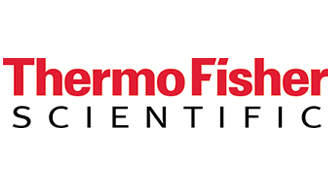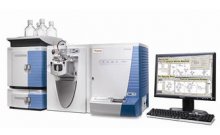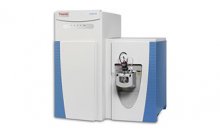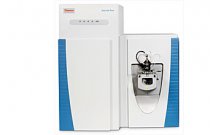MALDI离子阱影像质谱测定邻苯二甲酸二(2-乙基己基)酯代谢物在大鼠全身的分布
前言:
Purpose: Demonstrate mass spectral imaging in whole rat tissue and compare it to results from quantitative wholebody autoradiography (QWBA) technology.
Methods: Parallel dosing of test animals with radioactive and non-radioactive DEHP. Perform QWBA on the hot animal and MS Imaging analysis on the cold animal and compare results.
Results: The [phthalic acid-H2O+H]+ fragment ion was most abundant upon fragmentation of DEHP in the ion trap in both solution (in vitro experiment) and in tissue. Monitoring and mapping the MEHP metabolite showed more specific distribution within the tissue, as compared to the parent drug.
仪器:
LTQ linear ion trap with MALDI source
结论:
Mass spectral imaging was demonstrated as a complementary technique to quantitative whole body autoradiography.
The sensitivity of the LTQ with MALDI source for tissue imaging application and utility for displaying distribution of particular compounds and metabolites was demonstrated.
The unmetabolized DEHP was not completely eliminated out of the rat in the timeframe of the experiment, and this compound was found mostly concentrated in the intestinal region.
Monitoring a specific metabolite (SRM of MEHP) showed more specificity in the distribution within the rat as compared to the parent, unmetabolized compound.
Parallel experiments, where tissues for the dosed, control, and quantitative whole body autoradiography came from different rats, made comparisons difficult due to variability among animals.




